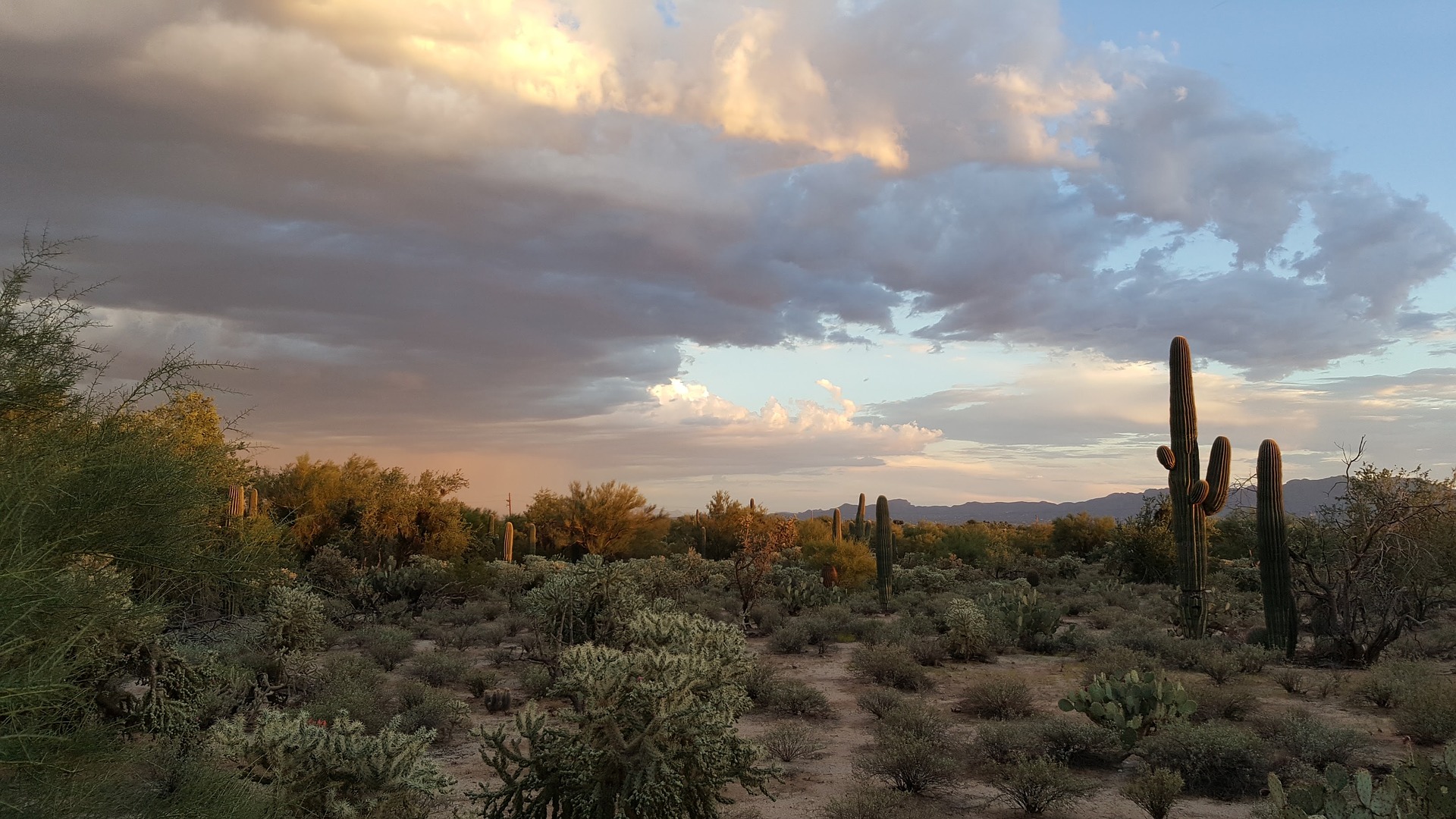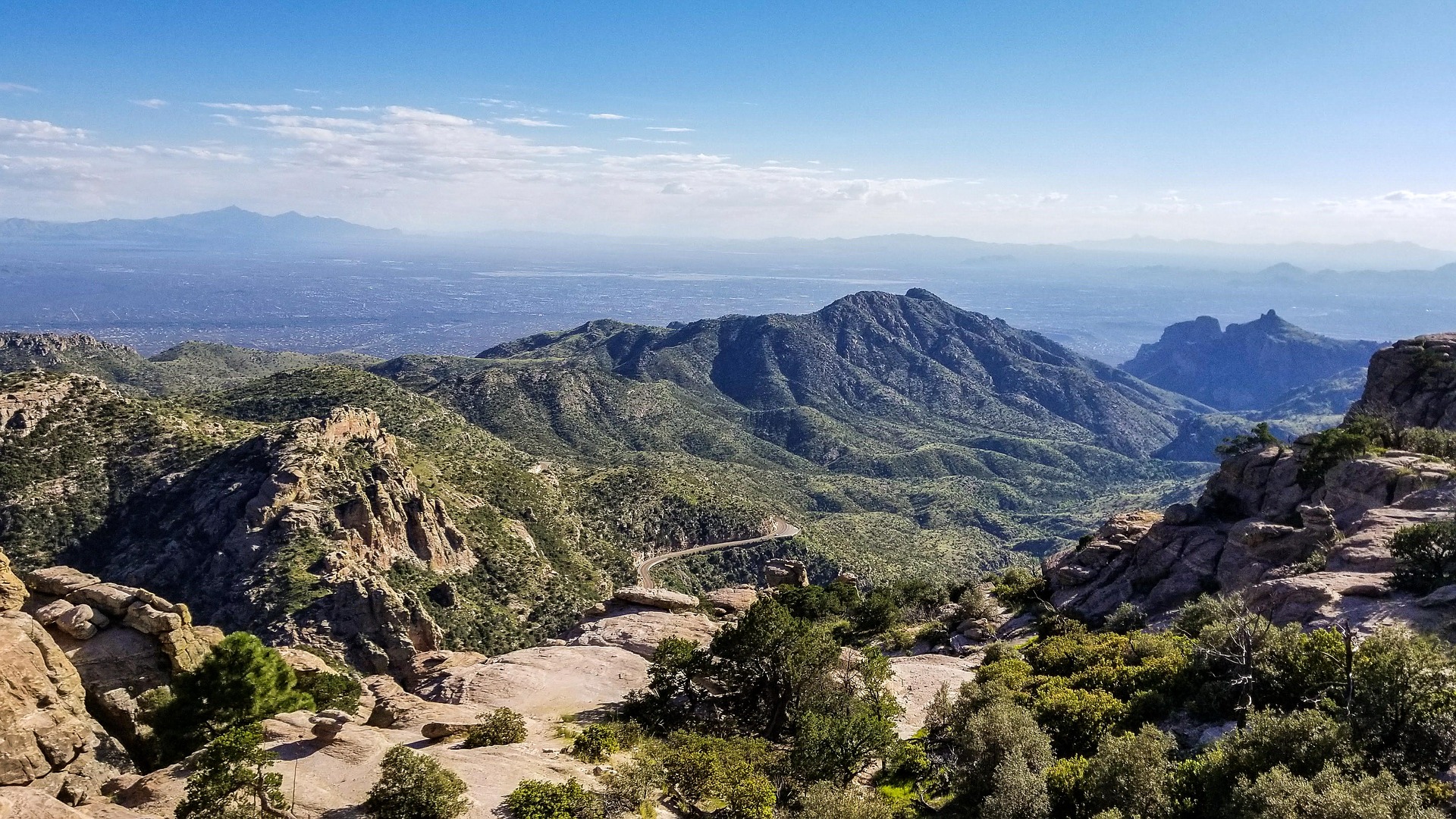The 8th Biennial Conference of the IBS
Tucson, AZ, USA (January 9-13, 2017)
The 8th Biennial Conference of the International Biogeography Society was held at the University of Arizona and the Tucson Marriott University Park, Tucson, Arizona from January 9-13, 2017.
The conference was marked by three plenary symposia, keynote lectures by the awardees of the society (Alfred Russel Wallace Award, the MacArthur and Wilson Award, and the Early Career Award), contributed paper sessions, and dynamic poster sessions in the evenings. Over 400 scientists from 29 countries participated in the conference.
Organizing Committee:
- Pedro Peres-Neto (Concordia University, VP of Conferences International Biogeography Society)
- Karen Faller (International Biogeography Society)
- Judith Bronstein (Dept. Ecology & Evolutionary Biology, University of Arizona)
- Brian Enquist (Dept. Ecology & Evolutionary Biology, University of Arizona)
- Dr. Stephen Jackson (Southwest Climate Science Center)
- Dr. Jonathan Overpeck (Institute of the Environment, University of Arizona)
- Dr. Benjamin Wilder (Institute of the Environment, University of Arizona)



